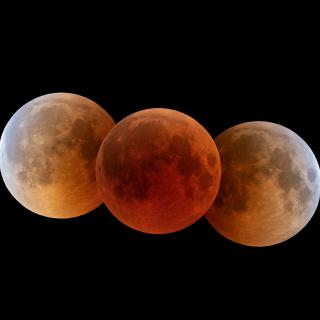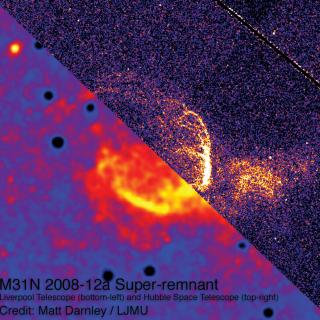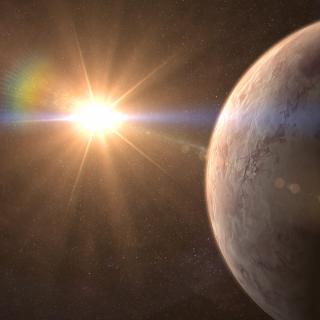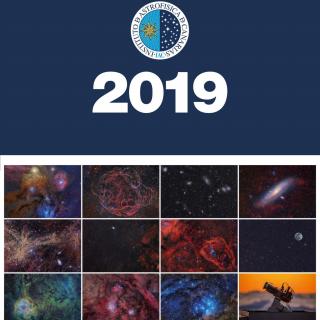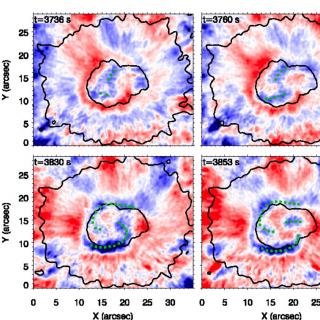
An international study, led by researchers at the IAC, reveal unknown details about the nature of a singular type of oscillatory phenomenon in spiral form detected in sunspots. The research, published in Astronomy & Astrophysics, was carried out using observations with the GREGOR telescope at the Teide Observatory.
Advertised on
![Imagen de la región más interna de ESO428-G14 en la línea de [SiVI] solapada con la emisión del jet (contornos en azul) en radio. Los números 1 a 6 denotan las regiones donde la emisión del jet es más intensa. La región 1 coincide con la posición del AGN. Crédito: D.May et al. Imagen de la región más interna de ESO428-G14 en la línea de [SiVI] solapada con la emisión del jet (contornos en azul) en radio. Los números 1 a 6 denotan las regiones donde la emisión del jet es más intensa. La región 1 coincide con la posición del AGN. Crédito: D.May et al.](/sites/default/files/styles/crop_square_2_2_to_320px/public/images/news/img_prensa_prensa1516_3580_hi.jpg?h=e0e4bc92&itok=MMy6gZqI)
